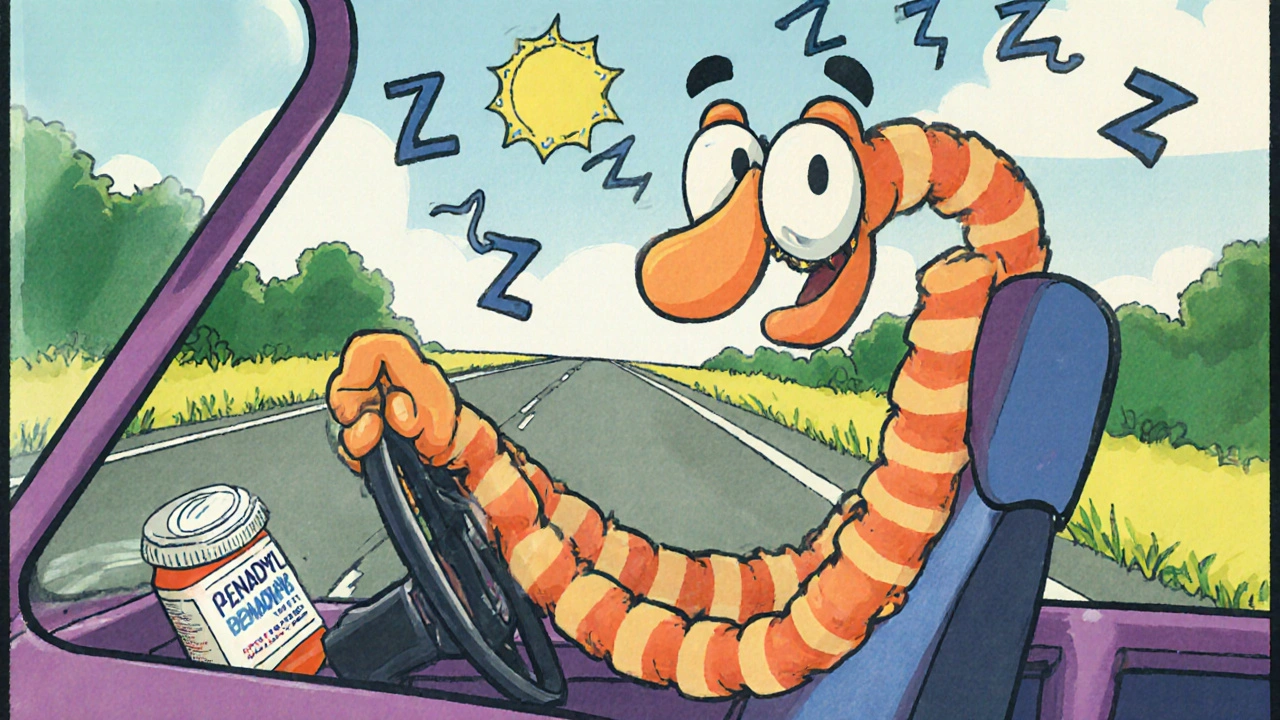Benadryl: What It Is, What It Does, and What Alternatives Actually Work
When you think of Benadryl, a first-generation antihistamine used to treat allergic reactions, itching, and sometimes sleep issues. Also known as diphenhydramine, it’s one of the most recognizable names in medicine cabinets across the U.S. But Benadryl isn’t just for sneezing fits—it’s also used for motion sickness, cold symptoms, and even as a sleep aid. That’s because it crosses the blood-brain barrier and blocks histamine in the brain, which makes you drowsy. That’s why so many people grab it when they can’t sleep. But here’s the catch: it’s not designed for long-term sleep use, and it can leave you groggy the next day, or even cause confusion in older adults.
Benadryl works by fighting histamine, the chemical your body releases during an allergic reaction. That’s why it helps with hives, itchy skin, runny nose, and watery eyes. But it doesn’t touch the root cause of allergies—it just masks the symptoms. And unlike newer antihistamines like cetirizine or loratadine, Benadryl doesn’t stay in your system long. You’ll need to take it every 4 to 6 hours. Plus, it’s got side effects: dry mouth, blurry vision, constipation, and sometimes a racing heartbeat. For older adults, those side effects can be dangerous. Studies show it increases fall risk and may even be linked to long-term cognitive decline when used daily over months or years.
That’s why so many people are switching to second-generation antihistamines. Drugs like Zyrtec, Claritin, and Allegra work just as well for allergies but don’t cause drowsiness in most people. They’re also longer-lasting—you only need one pill a day. If you’re using Benadryl for sleep, melatonin or doxylamine (found in Unisom) might be safer, more targeted options. And if you’re using it for itching, topical hydrocortisone or oatmeal baths can give relief without the systemic effects.
Benadryl isn’t bad—it’s just outdated for many uses. It’s cheap, available over the counter, and works fast. But it’s not always the smartest choice. The posts below dig into real-world comparisons: when Benadryl still makes sense, when it’s a bad idea, and what alternatives actually deliver better results without the side effects. You’ll find guides on how to swap it out safely, what to watch for in older adults, and how other meds stack up in real life. No fluff. Just clear, practical choices.

Antihistamines and Driving: What You Need to Know for Safe Travel
Haig Sandavol Oct 27 13Many antihistamines cause drowsiness that impairs driving-sometimes as much as alcohol. Learn which ones are safe, which to avoid, and how to protect yourself and others on the road.
More Detail